
Rhinoplasty

What is Rhinoplasty?
Rhinoplasty, which is more commonly known as a 'nose job', is a surgical procedure used to refine and/or reshape the nose. Common changes include modifications in the size and shape of the bridge and/or the tip of the nose by using bone graft or silicone implants or it may also be reduced. It may also correct bi_ defects or breathing problems. Rhinoplasty is one of the most technically demanding cosmetic surgeries. It requires _ anatomical knowledge to fix functional deformities and produce the best-looking nose possible. 'Perfect' noses are acquired, not born with.
At what age can rhinoplasty surgery be performed?
In general, rhinoplasty for purely cosmetic reasons should be avoided before the face and nose have completed most of their growth. For most people, this means that they should put off surgery around the age of 16-17 years for girls and 17-18 years for boys.

Who is a good candidate?

Some of the indications that you may be a good candidate for Rhinoplasty are :
- Your nose appears too large for your face
- There is a bump on the nasal bridge when viewed in profile
- Your nose seems too wide when viewed from the front
- The nasal tip droops or plunges
- The tip is thickened or enlarged
- Your nostrils are excessively flared
- Your nose is off-centre or crooked / depressed (Saddle Nose)
- Previous injury has made your nose asymmetrical
Occasionally your surgeon may suggest other surgical correction to improve facial balance, for example, chin reshaping.
Breathing problems if any can be corrected at the time of Rhinoplasty. You will be asked to explain exactly what you wish to improve. The surgeon will then evaluate what can be realistically achieved
How is a rhinoplasty performed?
A rhinoplasty can be performed under either local anesthesia with sedation or general anesthesia. Surgery generally lasts about one and a half hours. An incision is made either across the bottom of your nose between your nostrils (an open technique) or in the mucosal lining of your nostrils (a closed technique) which is invisible post operatively.
The surgeon then may use surgical tools to shave down a hump, remove or rearrange cartilage, or break and rearrange bone (Reduction Rhinoplasty), augment the depressed dorsum with bone or cartilage graft or silicon implant (Augmentation Rhinoplasty) to reshape the nose. After he or she is done, the incisions are closed. Your nose may be packed with gauze or other material and a splint or cast may be applied.
You will be awakened after the procedure and after an hour or two of recovery, you can go home. You must have someone to drive you home since you will not be able, or be allowed, to drive yourself. The packing usually comes out in a day or two and the splint or cast, if you have one, comes off in about 7 days.
When will I be able to see the results?
Your nose is going to look swollen and bruised for at least a few days. The swelling starts to disappear about a week after the cast is removed or a week after surgery. About 80% of the swelling and all of the discoloration are usually gone by 2 weeks after surgery. Swelling starts to resolve more slowly after that. Ninety percent of the swelling is gone by 2 months after surgery and the rest slowly disappears over the next year.
Although the nose is still swollen after the first month, this will not be visible to anyone else. You will see your nose becomes more refined with better definition over the first year.
How long do the results last?
Rhinoplasty permanently alters the shape/size of a patient's nose. Results will last permanently, though they may be affected by the natural signs of aging.
What are the risks of rhinoplasty?
Some negative side effects of rhinoplasty include bruising, swelling and pain. All of these are considered temporary. Permanent risks include tiny burst blood vessels in the nose and scarring.
Some more serious risks are those related to any surgical procedure, such as bleeding, infection and complications arising from the administration of anesthesia.
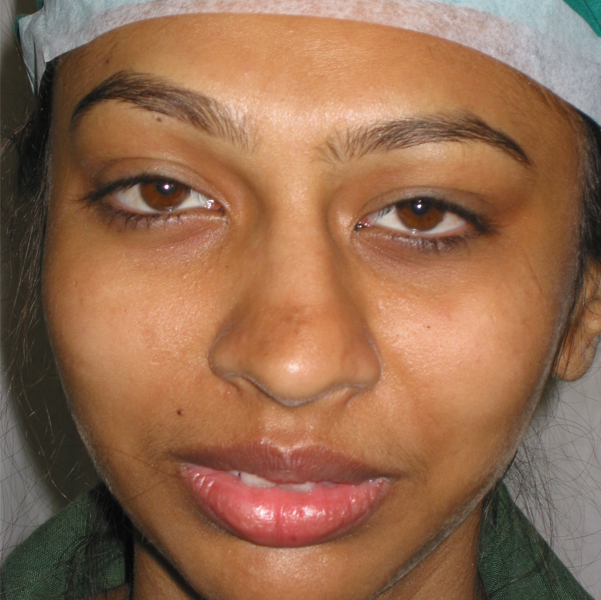
Before
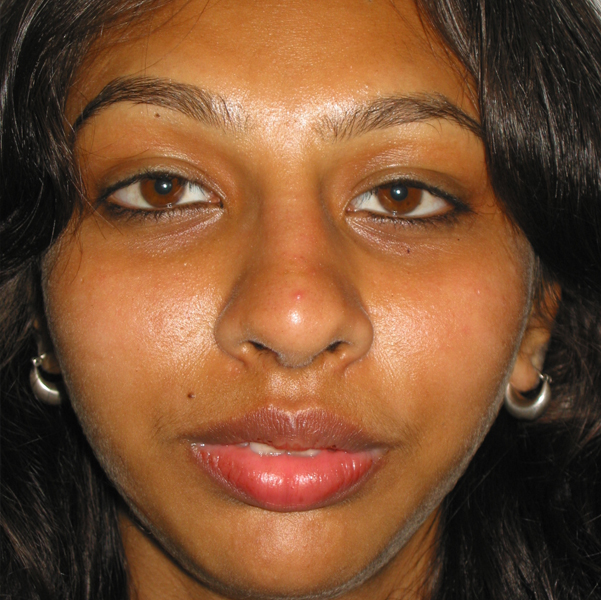
After
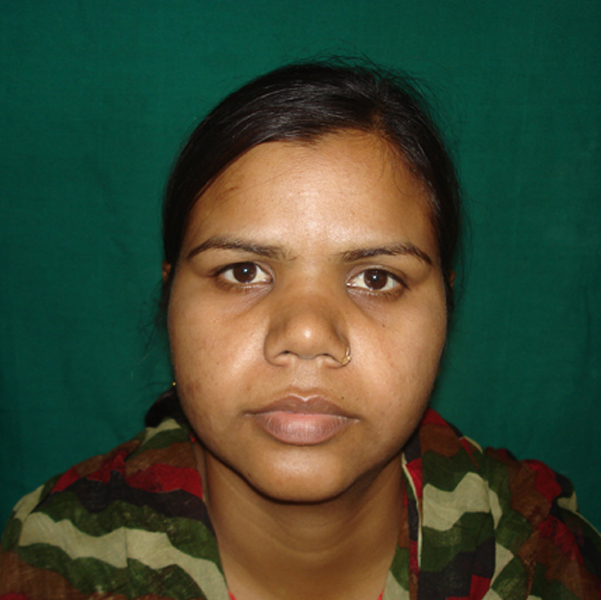
Before
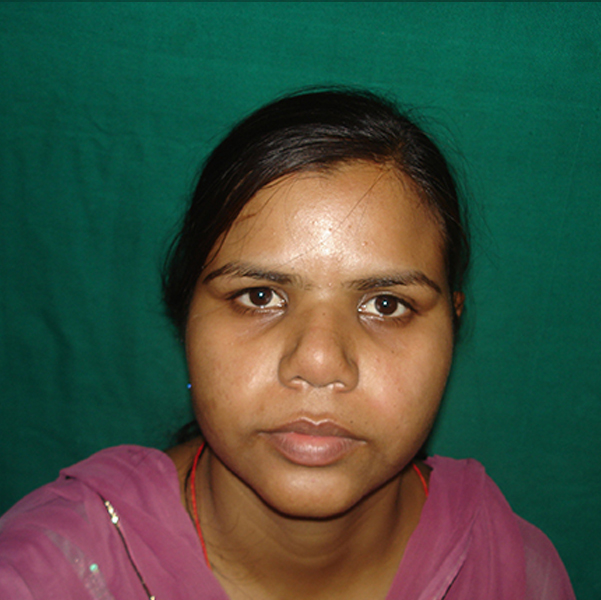
After

Before

After
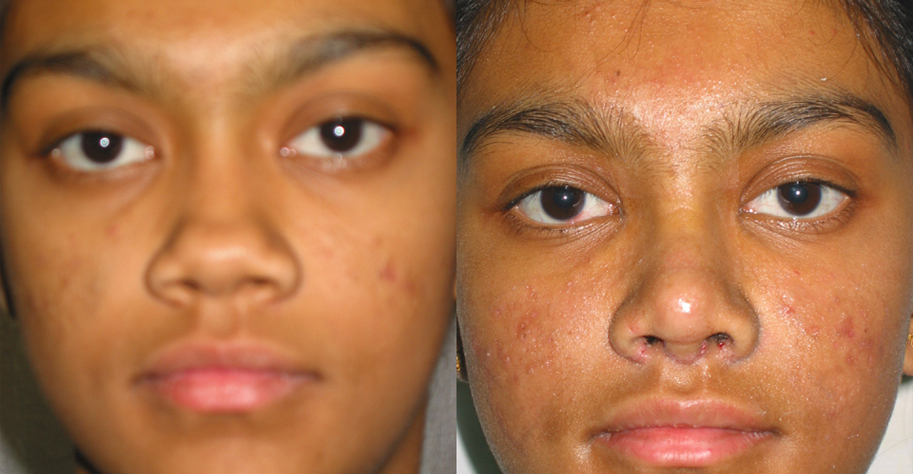
After
Before





